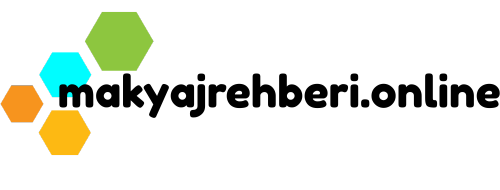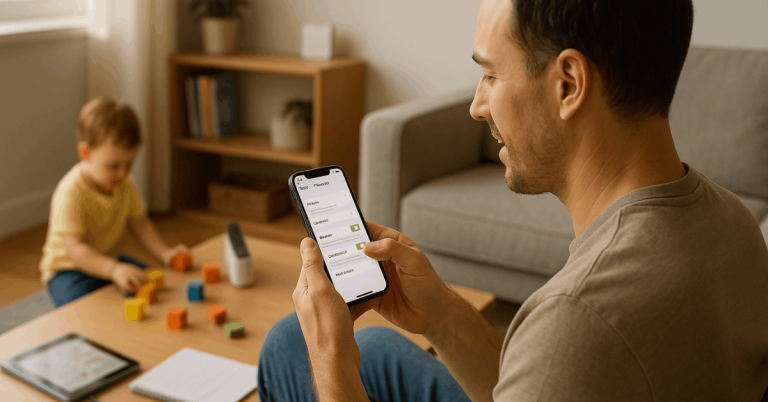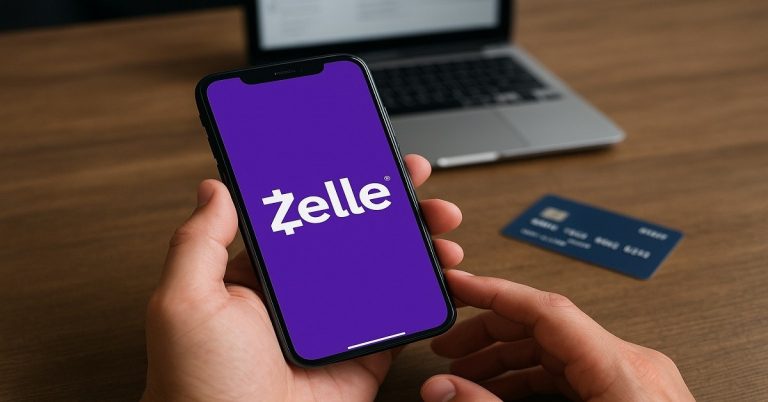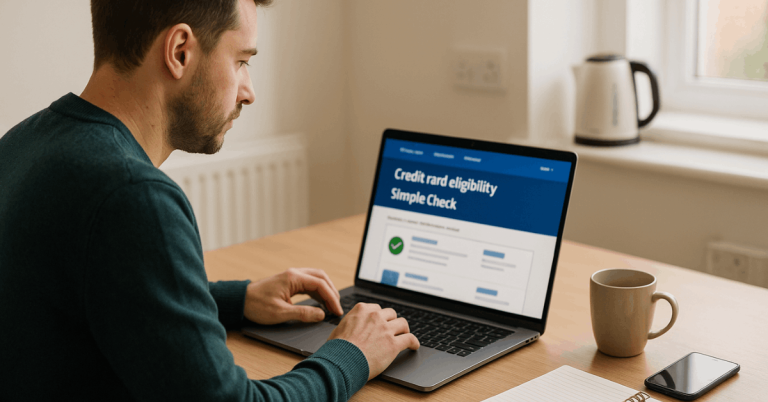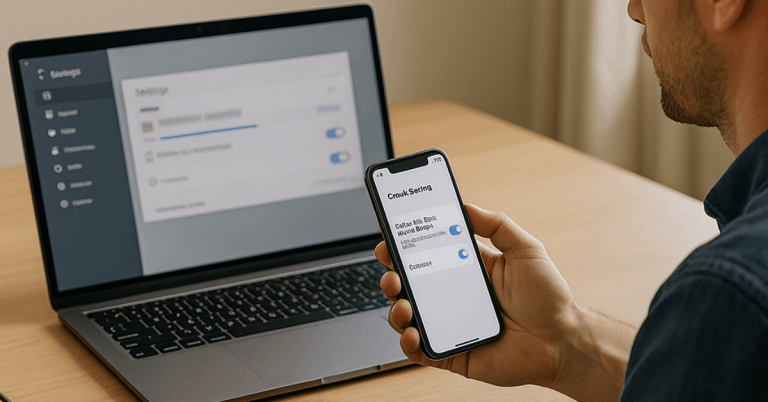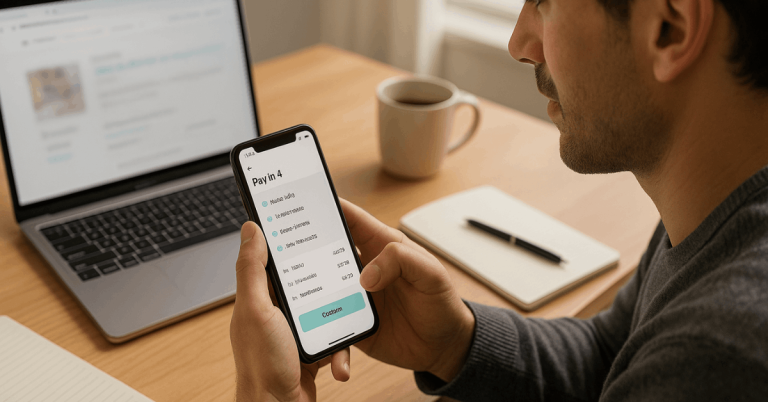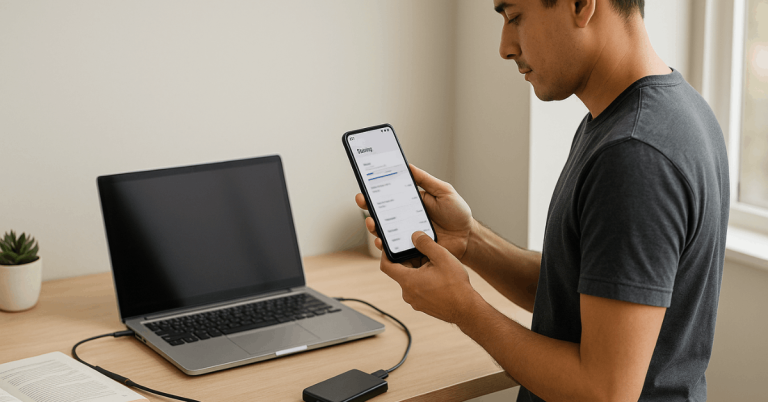You want to boost your efficiency and get more done. Learning how to use apps that boost productivity will help you take control of your time and tasks.
Why Productivity Apps Matter
You are constantly pulled in different directions by work, study, personal life, and distractions.
Using the right productivity app makes you organised rather than reactive.
Apps help you track tasks, schedule time, block distractions, and stay focused.
Without a process, you’ll rely on memory and habit—and that leads to missed deadlines or wasted time.
Choose The Right Type of App
You first need to pick what part of your workflow needs help. Then you can choose apps that boost productivity, suited to that.
Time Management & Scheduling
You must know when things happen and schedule them so you don’t forget.
Apps like Google Calendar are basic but effective: you can see your day, week, or month at a glance and set reminders.
Another option is to block off chunks of time for focused work and treat your schedule as a tool, not just a log.
Task Lists and To-Dos
You need a system to capture what you must do and mark when it’s done.
Apps such as Todoist are popular for organising tasks, deadlines, and lists.
When you have your tasks recorded, you reduce mental load and can execute rather than remember.
Focus and Distraction Blockers
Even the best schedule fails if you are distracted. Apps like Forest help you stay focused.
If you leave the app during a session, your “tree” in the app dies.
Similarly, apps like Freedom let you block websites or apps across devices so you are less tempted to switch modes.
All-In-One Workspaces and Note-Taking
Sometimes your productivity is hampered not by distractions but by chaos in your information.
Apps like Notion let you combine notes, tasks, calendars, and databases in one place.
Using a single tool reduces the friction of switching between apps and keeps information centralised.
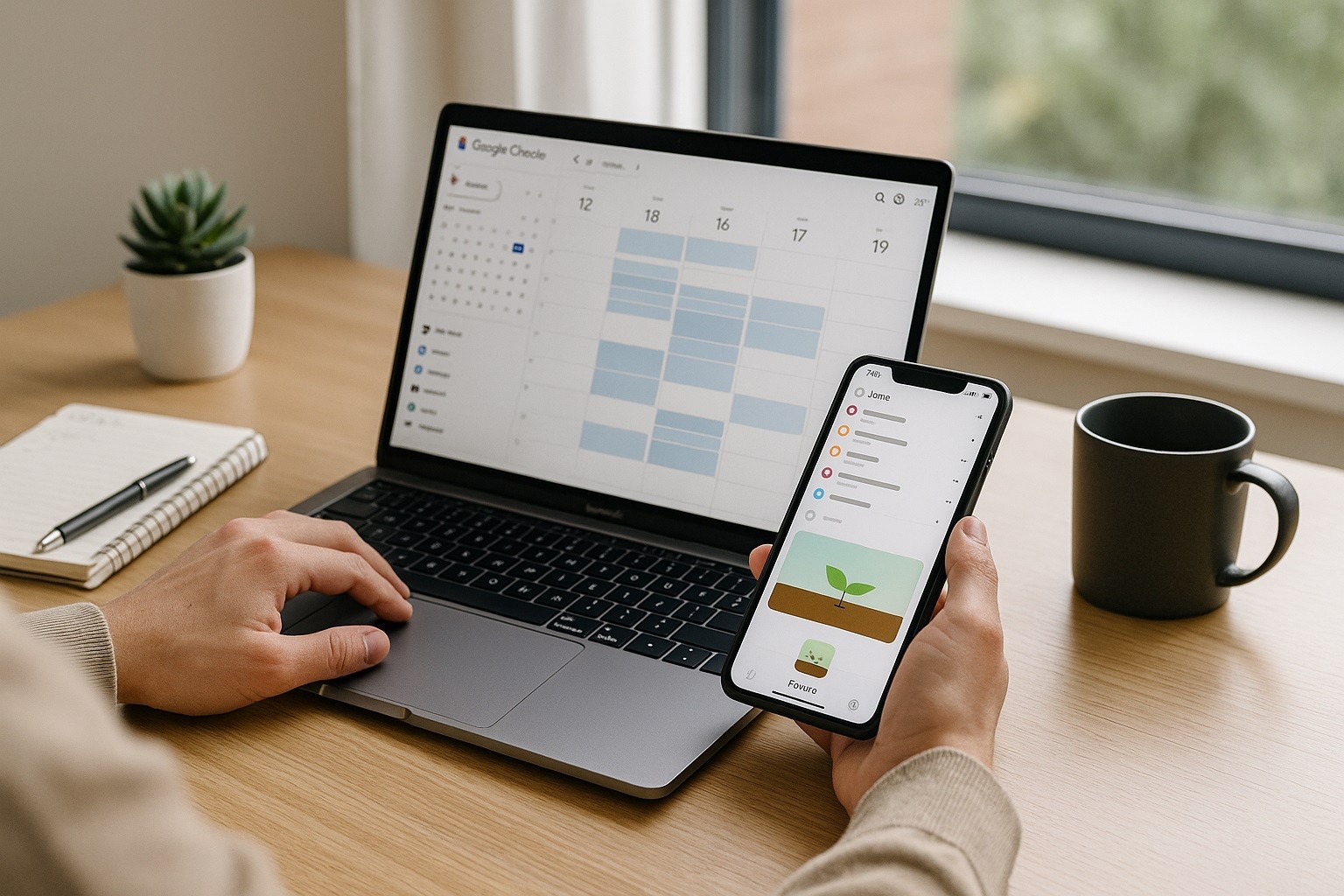
How to Get Started With Productivity Apps
You now know the types. Here’s how you actually make them work for you.
- Define your problem: Pinpoint what is blocking you. Is it forgetting tasks? Wasting time online? Lack of focus?
- Pick one main app: Choose one app from the list above that matches your biggest need. Don’t try many at once.
- Set it up properly: Create your first list, schedule one session, or set up a blocker for 30 minutes.
- Use it consistently: The benefit comes from daily use. If you open the app only when you feel overwhelmed, it won’t save you.
- Refine your system: After a week or two, check what’s working and what isn’t. Maybe you need to adjust your schedule, change your app settings, or pick a different app.
- Minimise friction: Apps must be easy to access. If you have to jump through many steps, you’ll skip them. Use widgets, quick-add features, and templates if supported.
Advanced Tips for Higher Productivity
After you’ve used one app for a while, you can add refinements to enhance your workflow.
Use Time-Blocking With Your Schedule
Time-blocking means assigning fixed time slots for specific types of work (e.g., 9 a.m.–11 a.m. for deep work, 2 p.m.–3 p.m. for admin).
This reduces switching costs between tasks. You can use a calendar app and reserve those blocks, then use a blocker app to protect them.
Combine The Task Manager With Focus Sessions
Record your tasks in a to-do app. Then, when you pick a task, start a focus timer in a blocking app to work uninterrupted.
This pairing helps you not just know what to do, but actually get it done.
Keep Your Information System Tidy
If you use a workspace or note-taking app, set up structure: folders, tags, templates.
Periodically review and archive what you no longer need.
Disorganised notes reduce productivity just as much as distractions.
Track Progress and Reflect
Some apps let you track time or usage patterns so you can see how your time is actually spent rather than how you think it is.
Reflect weekly: what tasks you did, which blocks worked, and when you still got distracted. Adjust based on that.
Common Mistakes and How to Avoid Them
When you start using productivity apps, you may fall into some traps. Here are what to watch out for and how to avoid them.
- Too many apps at once: Switching between several tools adds friction. Choose one or two apps and master them.
- Setting up and forgetting: Many people install an app, set it up, and then never use it. Make a habit of opening it first thing or while planning.
- Treating apps as a fix-all: Apps help, but they don’t replace discipline, sleep, and self-care. Productivity drops if you are tired or stressed.
- Ignoring review and feedback: If you never look back, you won’t know what’s working. Make time weekly to review your system.
- Focusing only on apps, not workflow: An app is only a tool. You still need a process: schedule → task → focus → review. Use the app to support the process.
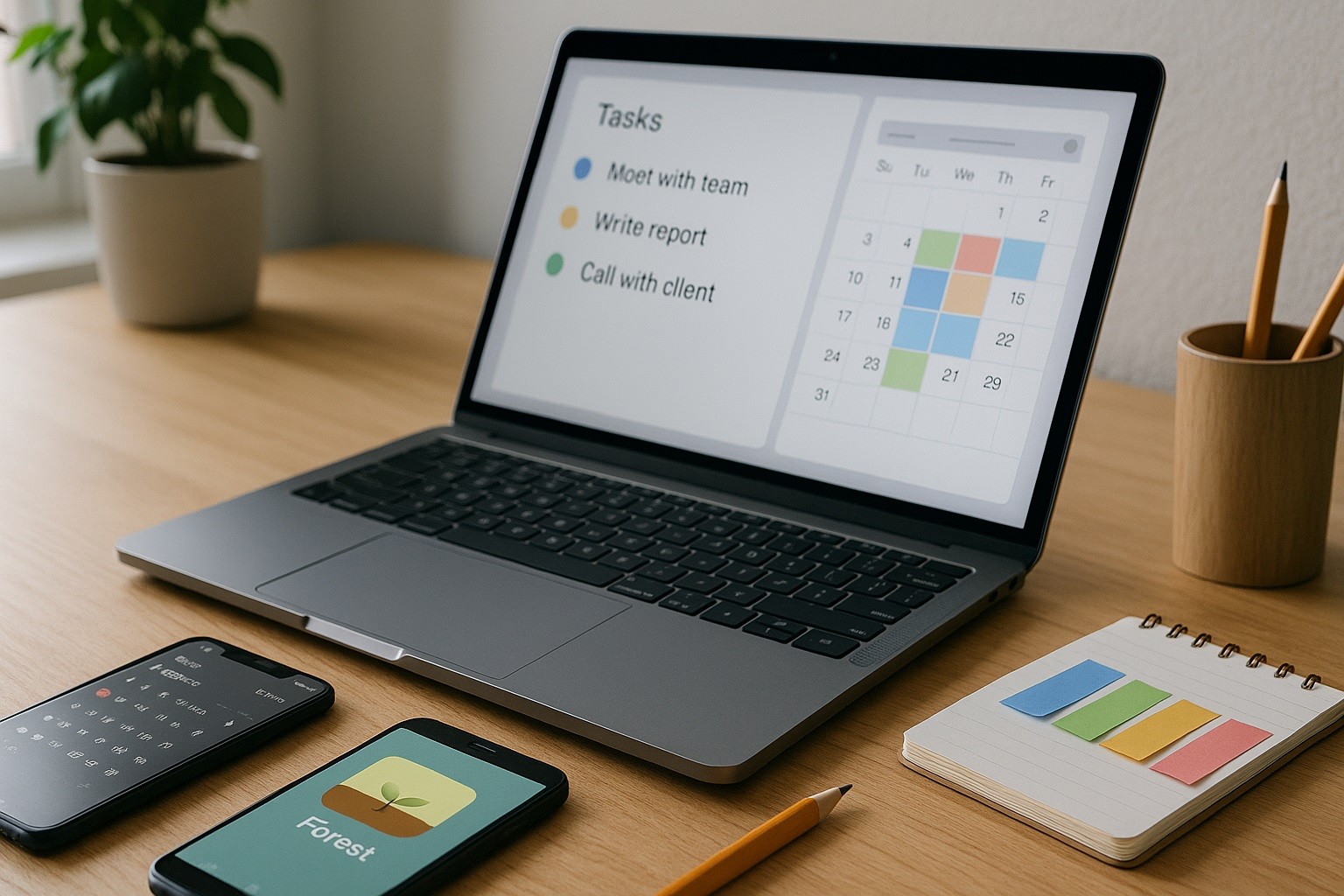
Best Apps That Boost Productivity and How to Use Them
Here are popular productivity apps and the best ways to use each.
| App Name | Main Purpose | Best Way to Use It | Ideal For |
|---|---|---|---|
| Google Calendar | Time management and scheduling | Set recurring events for daily tasks, color-code categories (work, study, meetings), and enable reminders. Sync it across all your devices to stay on track. | Professionals and students who need to organize multiple commitments. |
| Todoist | Task and project management | Create projects for each goal, use priority flags, and review your “Today” tab each morning. Keep lists short and actionable. | Anyone managing multiple to-dos or small projects. |
| Notion | All-in-one workspace | Use pre-built templates for notes, tasks, and databases. Link pages together to centralize everything. Schedule a weekly cleanup to stay organized. | Freelancers, teams, and content creators. |
| Forest | Focus and distraction control | Start a timer before each work session. Avoid leaving the app until time ends to “grow” your digital tree. Use it alongside a to-do list. | People who get distracted by their phones. |
| Freedom | Blocking apps and websites | Create focus sessions to block specific sites or apps during work hours. Sync it across desktop and mobile. | Remote workers and students needing digital discipline. |
| Trello | Visual task tracking | Use boards, lists, and cards to track tasks. Assign due dates, add checklists, and automate repetitive actions with “Butler.” | Teams and individuals managing workflows visually. |
Final Thoughts
You now understand how to use apps that boost productivity—how to choose them, set them up, and make them work for your life.
The key is matching the right app to your main productivity need, using it consistently, and refining your workflow over time.
If you apply these steps, you’ll increase your productivity and use your time more intentionally.
